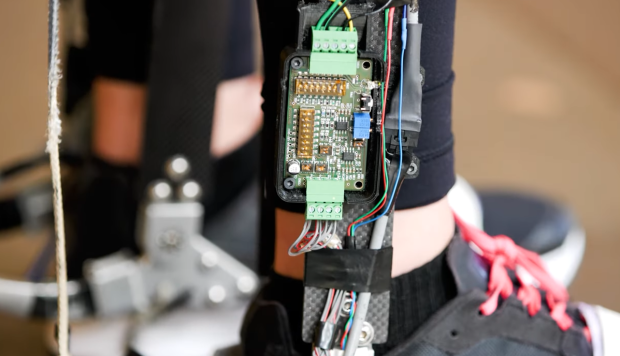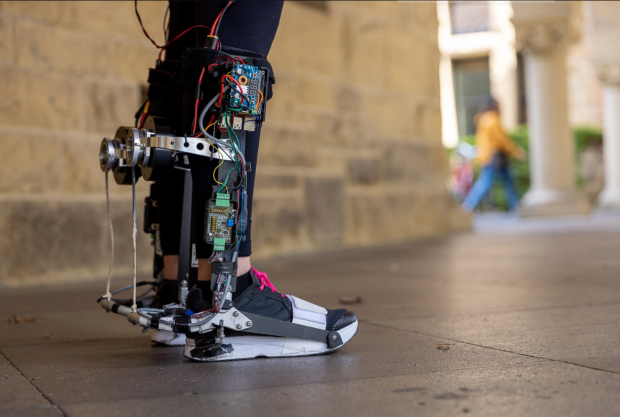Researchers from the Stanford University Biomechatronics Laboratory have moved their exoskeleton beyond lab-based emulators and out into the real-world. The custom boot is particularly aimed towards older citizens and people with mobility impairments that make just walking around a difficult task.

The exoskeleton is designed to help a wearer receive an extra push with every step, greatly aiding the calf muscles with natural walking motion. What sets this "robotic boot" apart from other exoskeletons, however, is that researchers used machine learning that was based on the model developed using emulators.
The device was found to provide "twice the energy savings of previous exoskeletons," which will greatly enhance walking speed and significant energy savings while used in the real-world. The functionality of it being custom tailored to each person wearing it is something unique, as it can support people of different heights, weights, leg strides, and walking speeds.
Here is what Steve Collins, associate professor of mechanical engineering and lead at the Stanford Biomechatronics Laboratory had to say: "This exoskeleton personalizes assistance as people walk normally through the real-world. And it resulted in exceptional improvements in walking speed and energy economy."
The exoskeleton saw people walk 9 percent faster while expending 17 percent less energy on average, researchers noted. While testing on a treadmill, the exoskeleton saw almost twice the effort reduction of similar devices with matching characteristics.
The boot applies torque at the ankle and is able to help the wearer push off right before each time their toes are about to leave the ground. A research paper was recently published in the Oct 12 edition of Nature.
Personalized assistance is expected to be of specific interest to researchers, as said by Patrick Slade, study author and bioengineering: "I believe that over the next decade we'll see these ideas of personalizing assistance and effective portable exoskeletons help many people overcome mobility challenges or maintain their ability to live active, independent, and meaningful lives."
The exoskeleton out and on the move:



